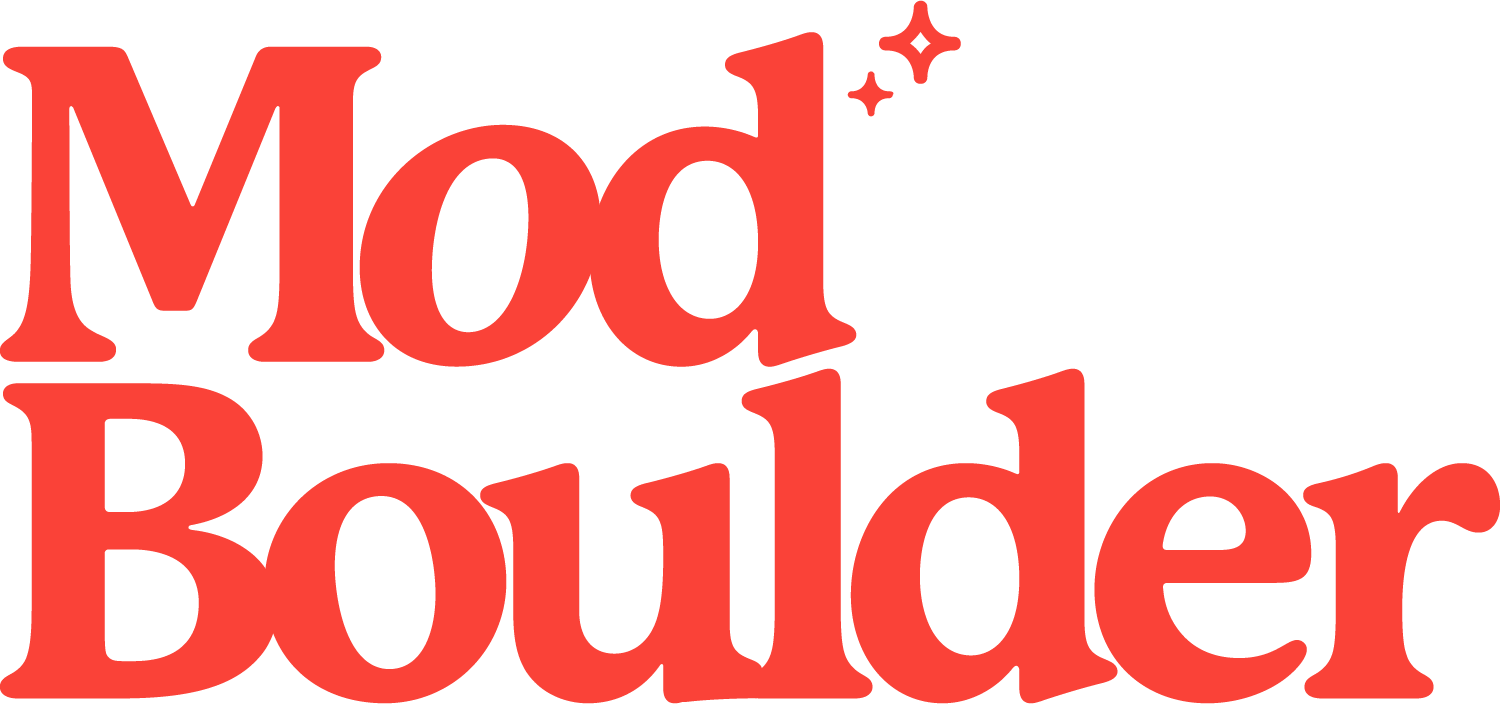Don’t Fence Me In
Whether they’re welcoming, ornamental, or downright foreboding, fences are an icon of the American landscape. Throughout the centuries, fences have been fought over, erected as declarations of staked claim, or chatted over while sharing recipes and gossip. There’s no hedging about it: fences are a cornerstone of American culture.
The word “fence” has origins in the 14th-century Middle French word “defens”, meaning “the act of defending”. As civilization’s concepts of family, property, and agriculture solidified, fences stood as a visual symbol of our collective acknowledgement of private property and intentions.
In what’s now the eastern United States, Native Americans used walls of wooden posts to mark their village’s territory. When early settlers began establishing their homesteads on the frontier, the iconic Virginia Worm Fences denoted their staked claim. Typically owner-built and made of local materials, these wooden fences were notably inexpensive and uncomplicated, and didn’t require holes to be dug or posts to be placed.
By the 1880s, inexpensive and ubiquitous barbed wire was the new material of choice, used by western ranchers to denote their boundary lines and deter new settlers from encroaching on their pastures. This claim-staking led to the fence wars of the late 19th century, often turning neighbors against each other, sometimes with deadly results.
As America looked toward the 20th century, land usage and division began to change. What was once first-come-first-served was now thoughtfully platted and plotted for organized subdivisions. Fences became more than just property lines; they became a visual component to the American landscape.
This suburban growth marked the beginning of the modern fence. While the standard chainlink fence was often utilized, many other styles were incorporated to add personality. The simple dog-ear fence was the perfect compliment to the basic ranch-style home, as was the shadow box for the mid-mod architecture of the day.
Utilitarian materials like concrete, metal, and cinder blocks were used to up the artistic ante. The breeze block—cinder blocks stacked and designed to create a mosaic or other pattern—has found its footing in modern fence design, with quite the underground following. Another popular and attractive fence that’s gained popularity is the gabion wall—a wire cage, cylinder, or box filled with rocks or concrete.
Fences have come a long way from their origins as a form of defense and protection to a defining aspect of architectural design. Robert Frost once declared, “Good fences make good neighbors,” but as an enthusiast of timeless design, I’d argue that “Good neighbors make good fences”.

